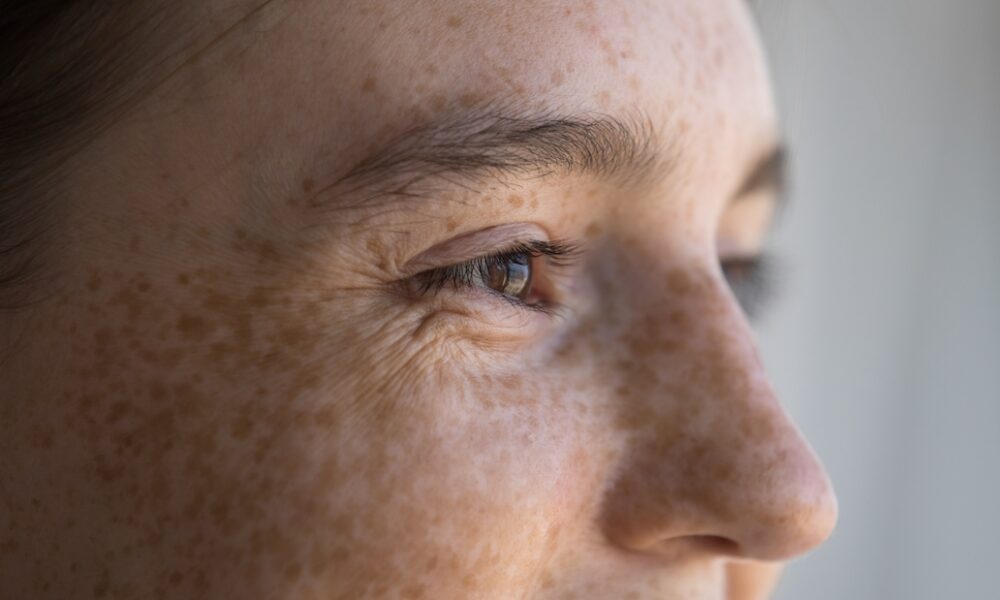Active addiction is a state where substance use has become the central priority in a person’s life, forcing them to continue despite escalating negative consequences. It is not a moral failing but a chronic brain disease where obsessive thoughts, secrecy, and broken promises take control, isolating you from the people who matter most. Many high-functioning individuals in this stage still go to work and manage daily tasks, making it harder to recognize the problem.
This state of isolation is the direct opposite of what you will find at Buddy’s Ranch. We understand the cycle of active addiction because we help individuals break free from it. Our program is built on community. We replace the obsessive thoughts and isolation of addiction with purpose, connection, and the freedom of healing. You don’t have to wait for a “rock bottom” to make a change.
What is Active Addiction?
Active addiction is a term used to describe the stage when someone is currently using substances like alcohol or drugs, but is not yet in recovery. It goes beyond a clinical definition; it is the lived reality of behavior that is hard to control and causes serious consequences both professionally and personally. People who have experienced active addiction sometimes have stories of how substance use led them into situations they never imagined, like losing valuable possessions, getting into accidents, or finding themselves in unfamiliar places without remembering how they got there. If you’ve wondered, “What is active addiction?”, this blog and the FAQs that follow are for you.
Understanding Active Addiction
When substance use dominates a person’s life despite negative outcomes, they are in active addiction. People in this stage may neglect responsibilities, lie, isolate themselves, or continue to use substances even when facing job loss, health issues, or strained relationships. Addiction is a treatable but chronic disease that involves complex interactions among brain circuits, genetics, the environment, and an individual’s life experiences. Quitting is very difficult, but with structured care including detox and therapeutic support, recovery is possible.
Some people in recovery recall serious health scares or moments when they put themselves in risky environments while chasing a high. Experiences like that often happen quickly and are driven by cravings and compulsions that lead to clouded judgment. At the same time, many of these same individuals talk about how recovery gave them the chance to rebuild trust, repair relationships, and restore their health. No matter how difficult the past, it is possible to move forward and create a life filled with stability, purpose, and connection.
Substance Abuse Treatment from Buddy’s Ranch
Active addiction is more than occasional substance use; it’s a persistent cycle that hijacks daily life and well-being. It can also have significant impacts on the family and friends of the person experiencing the addiction. Recognizing it as a medical and behavioral condition instead of something to be solved by “willpower” opens the door to treatment and hope. At Buddy’s Ranch, we guide individuals from active addiction into recovery, with personalized care that addresses the whole, unique person. If you or a loved one is living in active addiction, contact us today to talk through possible options. We are ready to support your journey.
FAQs — What is Active Addiction?
How does active addiction differ from addiction in general?
Active addiction refers to the period when a person is actively using substances and engaging in related behaviors, despite negative consequences. It is a stage often marked by ongoing cravings, use, and secrecy or avoidance. In contrast, “addiction” is a broader term that describes the chronic condition, including those currently in recovery or remission. Recognizing whether someone is in active addiction is important because it can inform the urgency and type of treatment needed.
What are common signs of active addiction?
Common signs of active addiction include losing control over substance use, experiencing intense cravings, and continuing to use despite harmful consequences. Behavioral changes often appear, such as these from the National Institute on Drug Abuse (NIDA):
- Hanging out with different friends
- Not caring about appearance
- Getting lower grades, missing classes, or skipping school
- Losing interest in favorite activities
- Legal trouble
- Different eating or sleeping habits
- Problems with family members and friends
Recognizing warning signs early can make it easier to intervene and encourage treatment before the physical, mental, and social consequences become more severe.
Why isn’t active addiction just about willpower?
Active addiction isn’t simply a matter of lacking willpower; it’s a chronic brain disease that changes how a person’s brain functions. The American Society of Addiction Medicine (ASAM) explains that addiction affects brain circuits related to reward, motivation, learning, and self-control. Changes like these make it extremely difficult to stop using substances, even if a person truly wants to quit.
Over time, the brain becomes conditioned to seek the substance as a primary source of reward, often overriding rational decision-making. Dopamine, a neurotransmitter made in your brain, is sometimes called the “happy hormone.” It acts as the “reward center” in your brain, but substances hijack your brain’s central nervous system, making it harder to quit. While personal motivation is important in recovery, effective treatment must also address these neurological changes. Therapy, medications, peer support, and lifestyle adjustments all work together in treatment to help rewire the brain and restore healthy functioning. Understanding addiction as a medical condition and not a moral failing reduces stigma and encourages people to seek help.
What treatments are needed in active addiction?
Treatment for active addiction typically begins with stabilization, which may include medically supervised detox to manage withdrawal symptoms safely. Detox alone is not a cure; it’s step one of a comprehensive treatment plan. Depending on the severity of the addiction, care may be provided through inpatient rehab, partial hospitalization programs (PHP), or outpatient programs. Support groups, family therapy, and relapse prevention planning are also important components. The most successful programs take a personalized approach, addressing not just substance use but also mental health, medical issues, and social factors that may contribute to continued use.
How long can someone stay in active addiction before it becomes dangerous?
There’s not really a “safe” amount of time to remain in active addiction. The risks to health and safety begin almost immediately, and prolonged substance use increases the likelihood of severe consequences such as overdose, heart disease, liver failure, brain damage, and certain cancers. Mental health risks such as depression and anxiety also rise, often creating a cycle where substance use makes emotional distress worse, leading to more substance use.
Can someone in active addiction recover without professional help?
Some people are able to stop substance use without formal treatment, a process sometimes called “natural recovery.” Professional programs offer tools that address the underlying causes of addiction, such as evidence-based therapy to manage mental health symptoms, medical support for withdrawal, and relapse prevention strategies. Recovery without help can be more challenging because individuals may lack the coping skills, accountability, and support networks that treatment provides.














